Novel Dual Hip Preservation Technique Grows in International Prominence
July 30, 2024
Innovations in Orthopaedics | Summer 2024
For the past decade, two renowned surgeons at University Hospitals have partnered to advance their novel combined surgical approach to treat concomitant femoral acetabular impingement (FAI) and hip dysplasia.
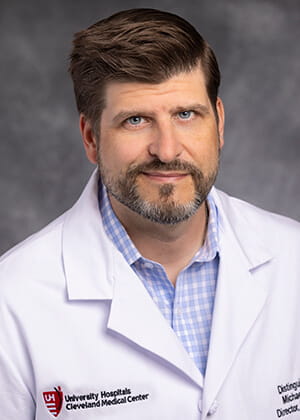 Michael Salata, MD
Michael Salata, MD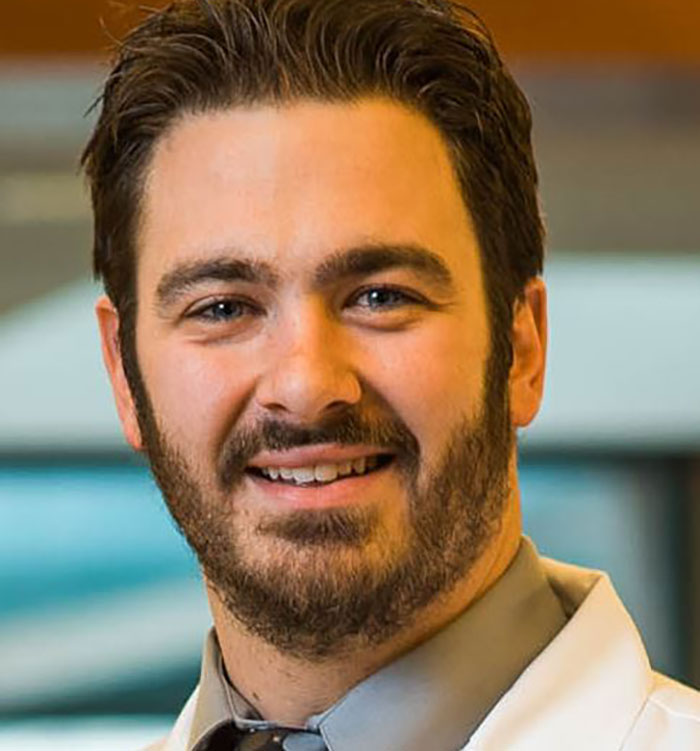 Robert Wetzel, MD
Robert Wetzel, MDMichael Salata, MD, and Robert Wetzel, MD, have achieved unparalleled mastery as one of the few surgical duos committed to offering a two-stage procedure that employs a single position and surgical drape. Patients not only benefit from their individual technical proficiency, but also from the reduced surgical risk and streamlined rehabilitation timeline that come with their extensive experience in this area.
The pair is increasingly sought after on the world stage. Following their joint presentation at the 2022 Hip Preservation Society (ISHA) Scientific Meeting in Scotland, the surgeons will share their innovative technique before a global audience at the society’s 2024 meeting in Washington, D.C. At the 2023 annual ISHA meeting, their work was presented in Cape Town, South Africa. Additionally, Dr. Wetzel recently shared advancements in pelvic osteotomy at a conference in Switzerland, where participants discussed the next generation of surgical techniques, including augmented reality based planning and execution.
“Over the last 10 years, we have been able to build this program from nothing to almost 100 cases annually,” says Dr. Wetzel, an orthopedic trauma surgeon and Program Director of the Orthopedic Trauma Fellowship within the University Hospitals Department of Orthopedics and Associate Professor at Case Western Reserve University School of Medicine. “These are challenging procedures, and we continue to develop refinements that evolve with knowledge and experience.”
Driving Excellent Outcomes
Most surgeries take place at UH Beachwood Medical Center, a state-of-the-art hospital offering specialized orthopedic services. The team pioneered the use of the Stryker Pivot Guardian table for post-less hip distraction for its combined procedure, reducing interoperative risk and maximizing OR efficiency. As the single-table technique utilizing the Stryker system grows in popularity around the country, University Hospitals has become a training site for its innovative design and capabilities.
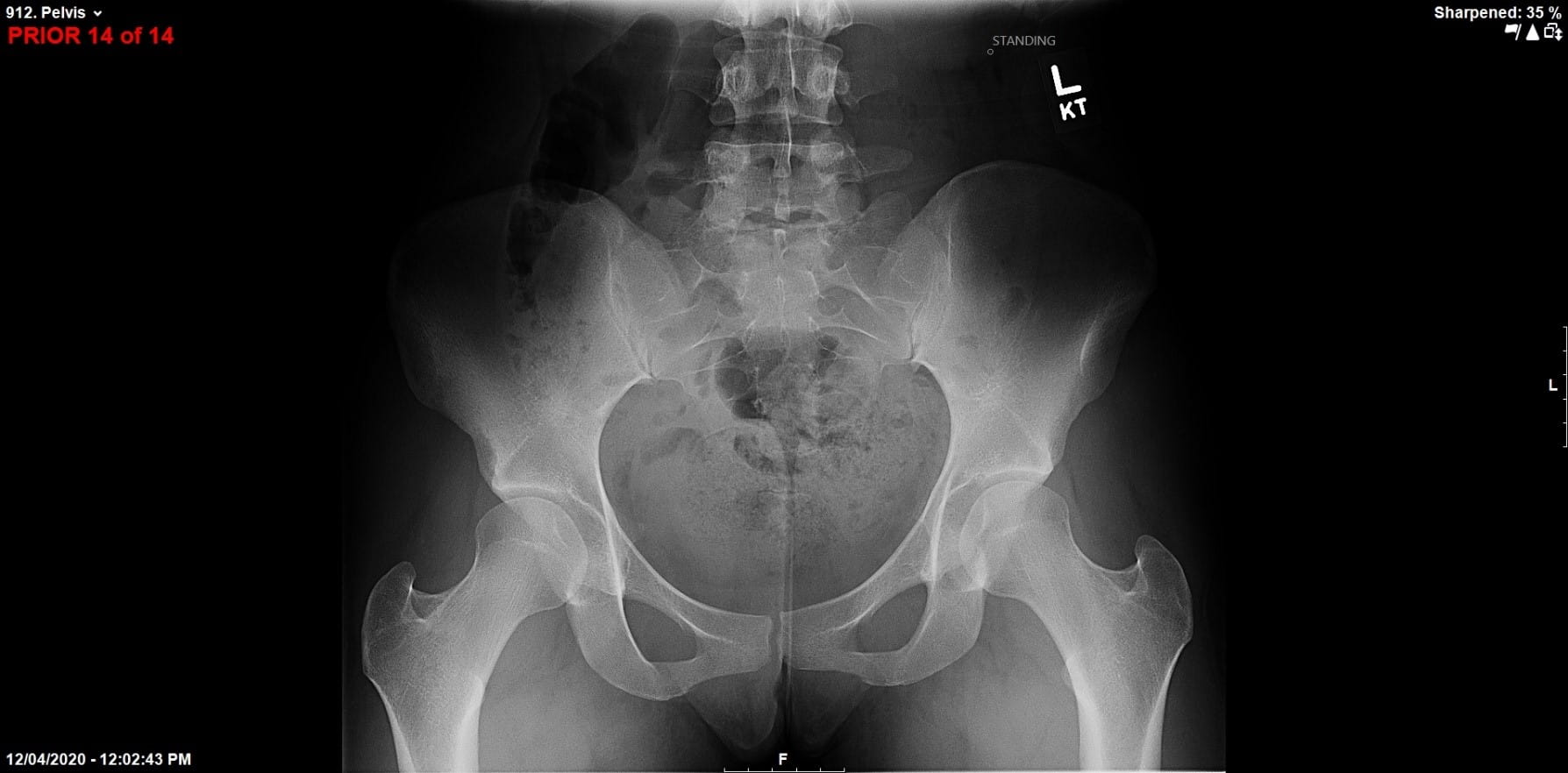 Preop: 20-year-old female with bilateral hip dysplasia and acetabular retroversion and FAI.
Preop: 20-year-old female with bilateral hip dysplasia and acetabular retroversion and FAI.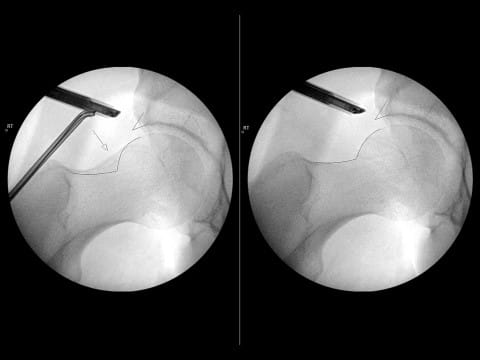 Before and After Intra-op Images of reshaping the femoral head (decompression of CAM lesion).
Before and After Intra-op Images of reshaping the femoral head (decompression of CAM lesion).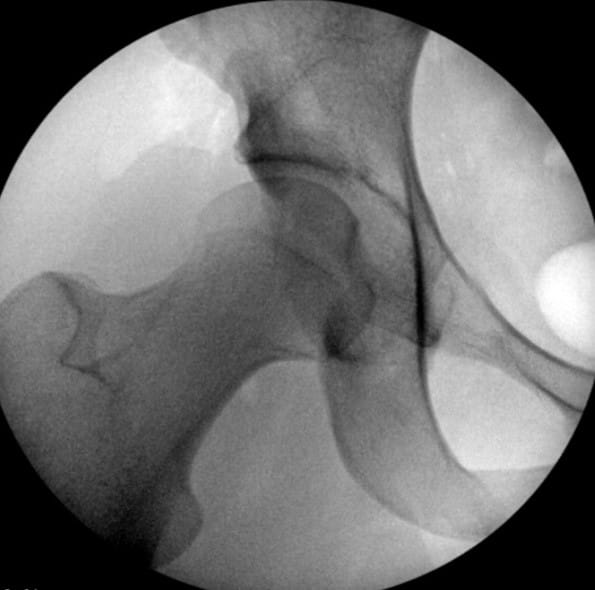 Before 1.
Before 1.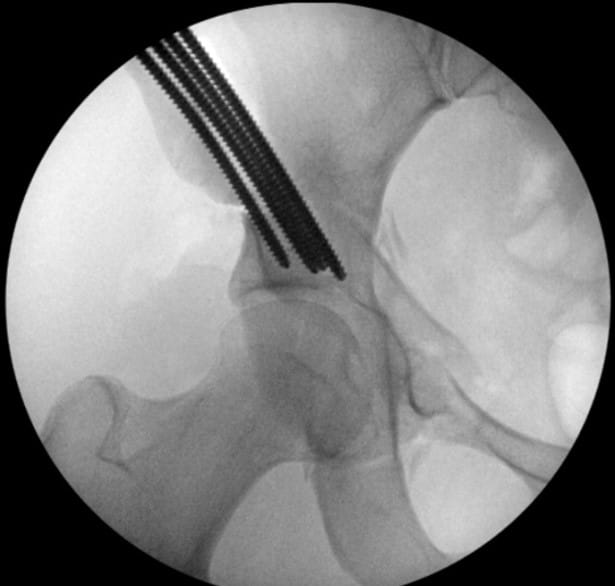 After 2. Before (1) and After (2) Intra-Op Images of PAO correction of the hip socket orientation.
After 2. Before (1) and After (2) Intra-Op Images of PAO correction of the hip socket orientation.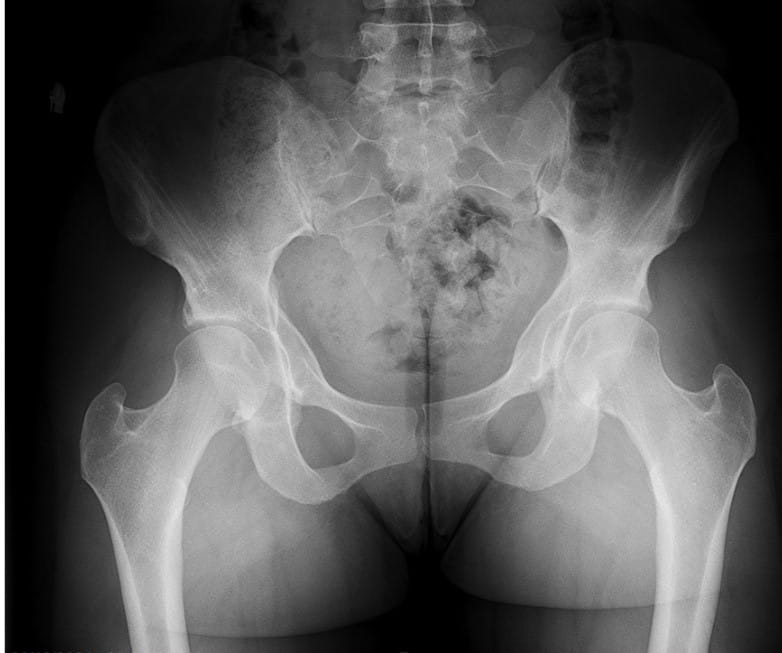 Post-Op Images: 4 years post-op from right-sided combination surgery and 2 years post-op from the left side.
Post-Op Images: 4 years post-op from right-sided combination surgery and 2 years post-op from the left side.Dr. Salata performs the first stage of the surgery, using arthroscopic techniques to round the femoral head, improve offset and repair labral damage resulting from FAI. The Director of the Joint Preservation and Cartilage Restoration Center and Division Chief of Sports Medicine at University Hospitals Cleveland Medical Center, he is also a Professor at the School of Medicine and Associate Orthopedic Team Physician for the Cleveland Browns.
The first University Hospitals orthopedist to perform arthroscopic hip procedures, Dr. Salata has completed over 4,000 of the minimally invasive surgeries. “There is a pretty substantial learning curve to both parts of this procedure — the more experienced the hands, the better the outcomes,” he says. “It has taken time to establish a program that offers excellence throughout the journey for patients, including specialized inpatient nursing care and physical therapy protocols.”
Without disrupting the sterile surgical field, Dr. Wetzel next scrubs in and employs an open technique to deepen and reorient the hip socket. “Where University Hospitals differs from other places around the country is that we have been able to maintain a partnership that requires two very vastly different skill sets to execute this surgery to the highest level of efficiency and skill,” he says. “We have the ability to rely on each other as knowledge sources and eliminate single-surgeon bias when we discuss treatment plans with patients.”
Minimally invasive techniques promote quicker recovery, and aesthetic incisions reduce the cosmetic consequences of surgery. “We want to ensure that individuals with the most challenging cases have access to the absolute best care possible,” Dr. Wetzel adds.
Drs. Salata and Wetzel treat many active individuals and have helped Olympic, collegiate and professional athletes return to competition. They are often asked to consult on difficult cases, including patients with rare connective tissue disorders, and perform revisions for previously failed surgeries from outside health systems. Increasingly, they receive referrals from throughout Ohio and surrounding states and are contacted by individuals from across the country who have learned about their program and are seeking screening for their symptoms.
A Growing Circle of Influence
In addition to publishing in national medical journals, Drs. Salata and Wetzel performed and narrated a live surgery available on VuMedi, the video education platform used by over 450,000 doctors. They are currently collaborating with industry on patient-specific cutting and correction guides that utilize augmented reality intraoperatively.
University Hospital orthopedic residents and fellows have had the opportunity to train using the techniques Drs. Salata and Wetzel have honed and refined through the years. Additionally, they have trained special subsets of OR nurses, scrub technologists, physical therapists and office staff to be highly proficient in executing this combined operation and providing post-operative care. “Our team understands how this operation works, and they have been able to develop skills to maximally treat our patients locally and from across the country,” Dr. Wetzel says.
While teaching nationally and internationally, the pair has developed relationships with surgeons from around the world. “The information we have been able to gather and bring back to Northeast Ohio has certainly been a differentiator for our program,” Dr. Salata says. “It helps inform our ability to translate emerging techniques and technologies for this patient population to further drive outcomes toward what we hope is a zero-failure rate in the future.”
For more information or to refer a patient with hip pain or a diagnosis of hip dysplasia, call 216-983-PLAY to consult with Dr. Salata and Dr. Wetzel.
Contributing Experts:
Michael Salata, MD
Director, Joint Preservation and Cartilage Restoration Center
Division Chief, Sports Medicine
Associate Orthopedic Team Physician, The Cleveland Browns
University Hospitals Cleveland Medical Center
Professor
Case Western Reserve University School of Medicine
Robert Wetzel, MD
Orthopedic Trauma Surgeon
Program Director, Orthopedic Trauma Fellowship
Department of Orthopedic Surgery
University Hospitals Cleveland Medical Center
Associate Professor
Case Western Reserve University School of Medicine


